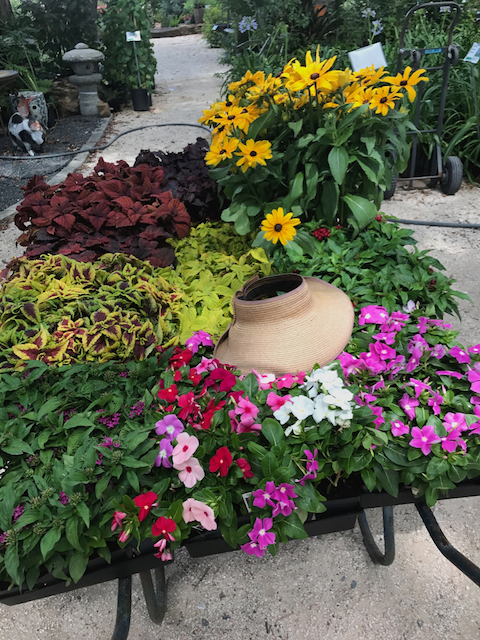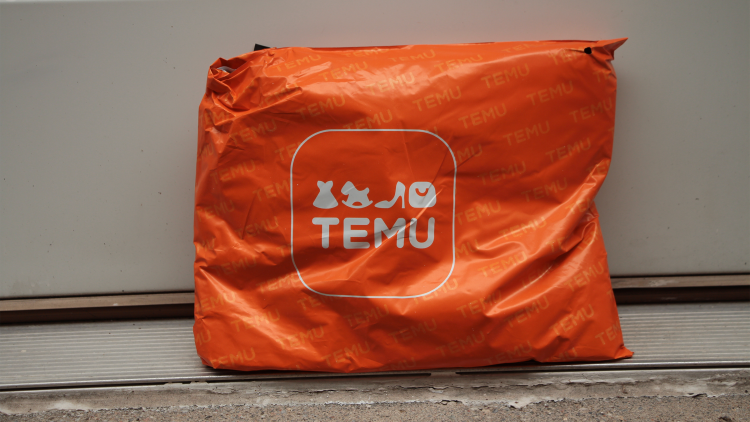Making The Right Choice: Annuals Or Perennials For Your Flowerbeds?

Table of Contents
Understanding Annuals: A Season of Beauty
The Lifespan of Annuals
Annuals complete their life cycle in a single growing season. This means they germinate, grow, flower, produce seeds, and then die within a year. This short life cycle contributes to their vibrant, intense displays of color.
- Examples of popular annuals: Petunias, zinnias, sunflowers, marigolds, impatiens, and cosmos offer a wide array of colors and forms, making them incredibly versatile for annual flowerbeds.
- Short blooming period: Most annual flowers bloom throughout the summer months, providing a burst of color from spring to the first frost.
- Replanting annually: Because of their short lifespan, annual bedding plants need to be replanted each year to maintain continuous color in your garden. This is a key consideration when deciding between annuals and perennials for your long-term garden plan.
Advantages of Choosing Annuals
Annual flower varieties offer several benefits for gardeners seeking quick results and design flexibility.
- Wide variety of colors and forms: The sheer range of colors, sizes, and shapes available in annual flowers is unmatched. You can create truly unique and vibrant displays.
- Fast-growing and quick to bloom: Annuals are known for their rapid growth, allowing you to quickly fill gaps in your flowerbeds and enjoy abundant blooms within weeks of planting. This makes them ideal for instant garden color.
- Ideal for filling gaps or creating instant impact: Need to fill a bare patch quickly? Annuals are your solution. They're perfect for adding bursts of color and texture to existing plantings.
- Easy to experiment with different designs each year: The annual nature of these plants gives you the freedom to change your garden's look completely each year, exploring different color palettes and plant combinations.
Disadvantages of Annuals
While annual flowers offer many advantages, there are some drawbacks to consider.
- Require replanting every year: This is the most significant disadvantage. The cost of purchasing and planting new annual flower seeds or plants each year can add up.
- More expensive in the long run: While individual annual plant costs may seem low, the cumulative cost over several years can exceed the initial investment in perennials. Careful annual flower care is also important to maximize your investment.
- Can be susceptible to pests and diseases: Like any plant, annuals can be vulnerable to pests and diseases, particularly if not properly cared for. Regular monitoring and preventative measures are important.
Exploring Perennials: Long-lasting Beauty and Low Maintenance
The Longevity of Perennials
Perennials offer a long-term solution for your flowerbeds, returning year after year. They become more established and often more abundant with each passing season.
- Examples of popular perennials: Hostas, coneflowers (Echinacea), lavender, daylilies, and salvia are just a few examples of hardy perennials that offer prolonged bloom times and low-maintenance care.
- Longer blooming periods: Many perennials offer bloom periods that span several weeks or even months, providing extended color in your garden.
- Ability to spread and multiply: Established perennials often spread and multiply over time, filling out your flowerbeds naturally and requiring less frequent replanting. This makes them an ideal choice for long-lasting perennials in your garden plan.
Advantages of Choosing Perennials
Perennial flowers present several compelling advantages, particularly for gardeners seeking a low-maintenance, long-term solution.
- Cost-effective in the long run: The initial investment is higher than for annuals, but the long-term cost savings are significant as you won't need to replace them annually.
- Create a more established and mature garden look over time: Perennials gradually establish themselves, creating a fuller, more mature look that evolves over the years.
- Often require less maintenance after establishment: Once established, many perennials require minimal care, needing only occasional watering, fertilization, and deadheading.
- Attract beneficial insects and pollinators: Many perennials are attractive to bees, butterflies, and other beneficial insects, promoting biodiversity in your garden. This supports a healthy ecosystem within your perennial garden design.
Disadvantages of Perennials
While perennials offer many long-term benefits, consider these potential drawbacks:
- Slower to establish: Perennials take time to establish a strong root system and reach their full potential, meaning it might take a year or two to see their mature size and bloom.
- May require more specialized care depending on the variety: Some perennials have specific needs regarding soil type, sunlight exposure, and watering. Researching the specific requirements of your chosen perennial plant care is essential.
- Might not offer the same level of vibrant color diversity as annuals in a single season: While perennials provide long-lasting color, the range of colors and bloom times may be less diverse than the vibrant displays offered by annuals in a single season.
Making the Right Choice for Your Garden
Choosing between annuals and perennials for your garden involves considering several key factors:
- Budget: Annuals are cheaper upfront, but perennials offer long-term savings.
- Time commitment: Annuals require more frequent planting and maintenance, while established perennials are relatively low-maintenance.
- Aesthetic preferences: Do you prefer vibrant, ever-changing displays (annuals) or a more established, mature look (perennials)?
- Climate and soil conditions: Choose plants suitable for your local climate and soil type. This is crucial for both annual flower care and successful perennial establishment.
Conclusion
Choosing between annuals and perennials for your flowerbeds depends largely on your individual preferences and gardening goals. Annuals offer vibrant, fleeting beauty and are perfect for creating instant impact, while perennials provide long-lasting, low-maintenance charm and establish a more mature garden over time. By carefully weighing the advantages and disadvantages of each, you can make an informed decision that will result in a stunning and thriving flowerbed. Start planning your garden today by selecting the perfect mix of annuals or perennials for your landscape!

Featured Posts
-
 Ella Mills Examining The Nepo Baby Accusation And Deliciously Ellas Growth
May 29, 2025
Ella Mills Examining The Nepo Baby Accusation And Deliciously Ellas Growth
May 29, 2025 -
 De Arne Slot Discussie Past Hij Bij Ajax
May 29, 2025
De Arne Slot Discussie Past Hij Bij Ajax
May 29, 2025 -
 S Sh A Ta Velika Britaniya Nova Torgovelna Ugoda Detali Ta Naslidki
May 29, 2025
S Sh A Ta Velika Britaniya Nova Torgovelna Ugoda Detali Ta Naslidki
May 29, 2025 -
 Australian Music Industry Crisis Advocacy Body Sounds Alarm
May 29, 2025
Australian Music Industry Crisis Advocacy Body Sounds Alarm
May 29, 2025 -
 Bay Area Prep Poll Vote For Your High School Athlete Of The Week
May 29, 2025
Bay Area Prep Poll Vote For Your High School Athlete Of The Week
May 29, 2025
Latest Posts
-
 Urgent Warning Fake Ticket Sellers Targeting Ticketmaster Customers
May 30, 2025
Urgent Warning Fake Ticket Sellers Targeting Ticketmaster Customers
May 30, 2025 -
 Oasis Tour Audit Did Ticketmaster Violate Consumer Protection Laws
May 30, 2025
Oasis Tour Audit Did Ticketmaster Violate Consumer Protection Laws
May 30, 2025 -
 Ticketmaster Visualiza Tu Asiento Con La Nueva Vista Virtual
May 30, 2025
Ticketmaster Visualiza Tu Asiento Con La Nueva Vista Virtual
May 30, 2025 -
 Ticketmasters Warning Avoid Fake Ticket Sellers To Protect Your Money
May 30, 2025
Ticketmasters Warning Avoid Fake Ticket Sellers To Protect Your Money
May 30, 2025 -
 Ticketmaster Issues Urgent Warning Fake Ticket Sellers Costing Punters Thousands
May 30, 2025
Ticketmaster Issues Urgent Warning Fake Ticket Sellers Costing Punters Thousands
May 30, 2025
